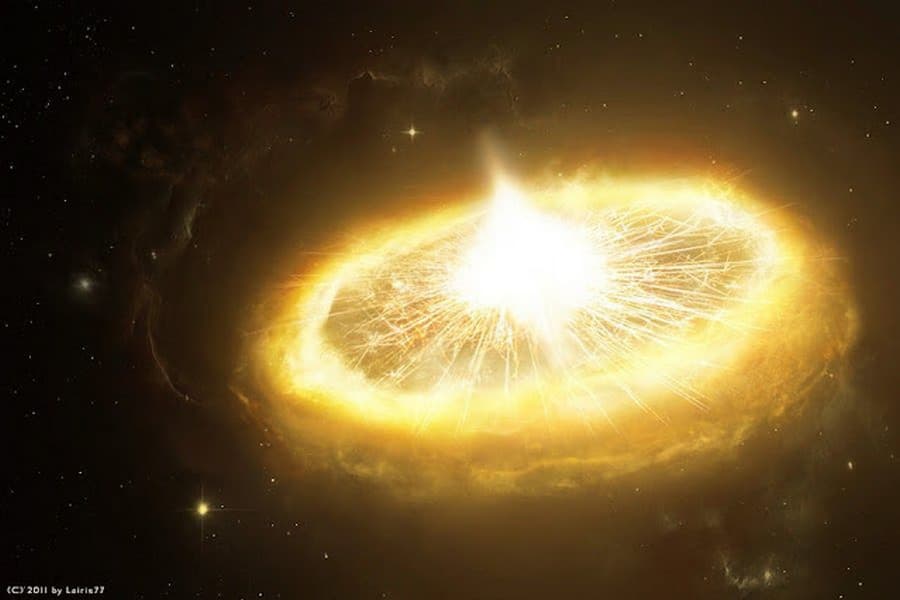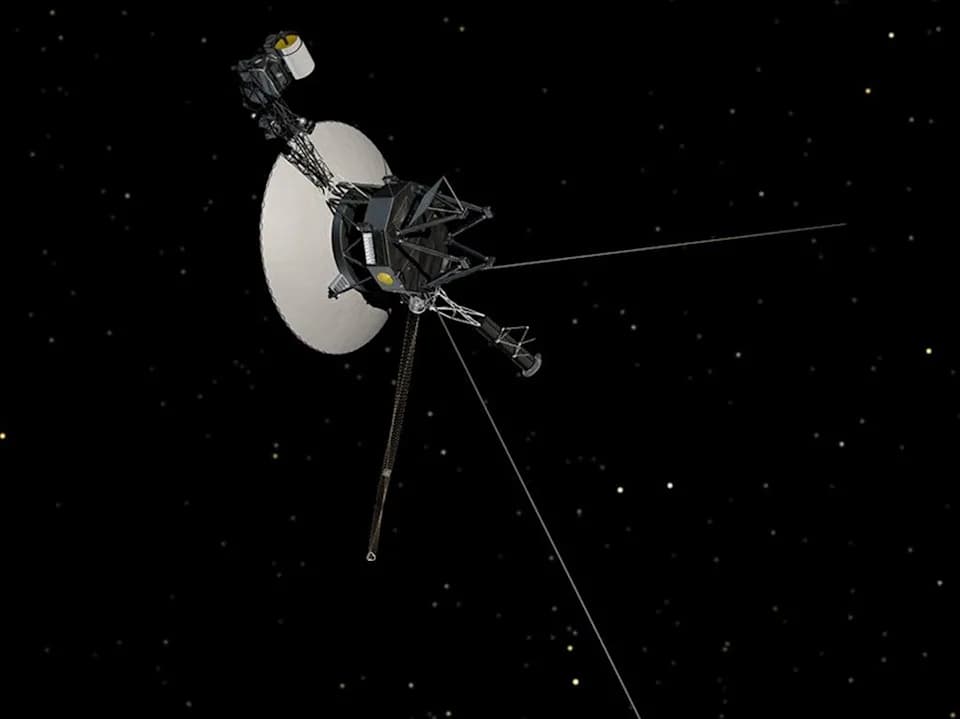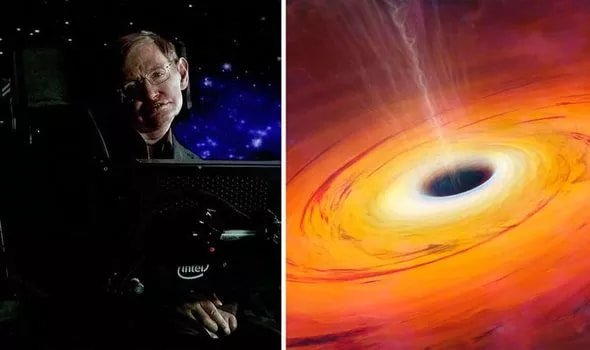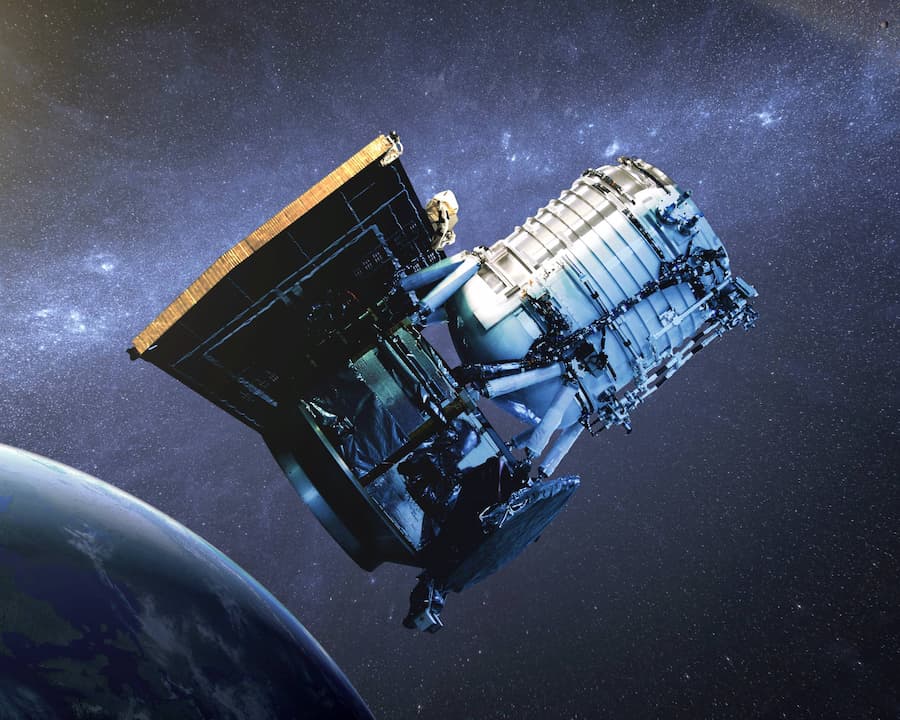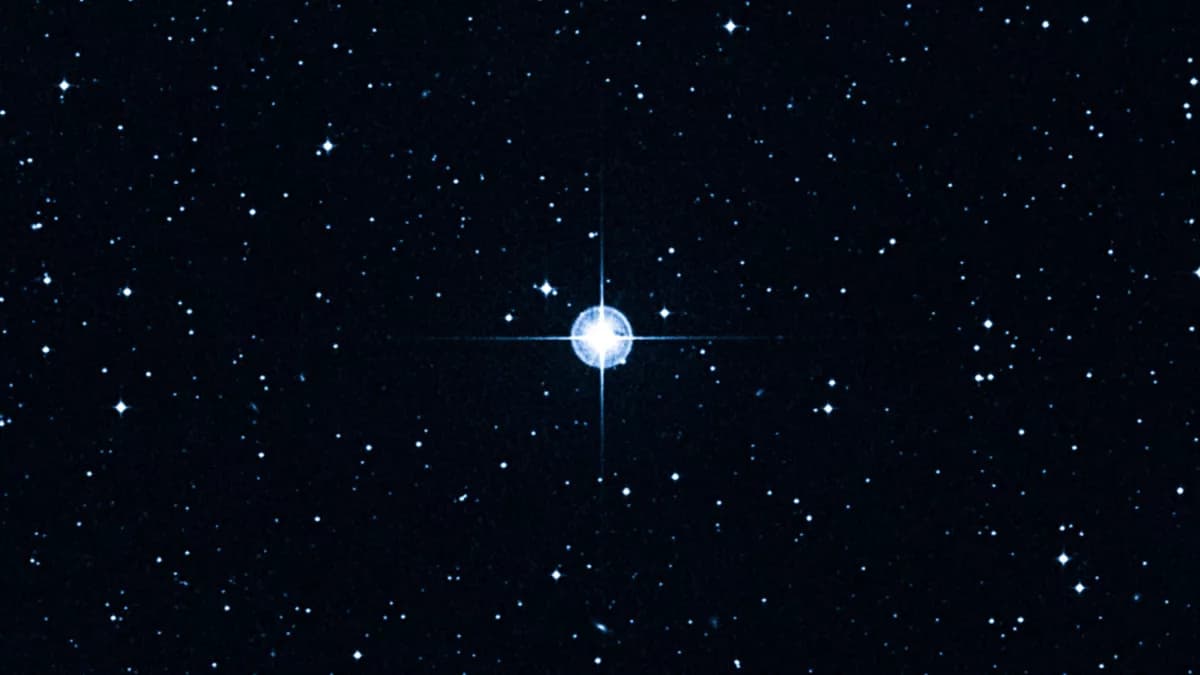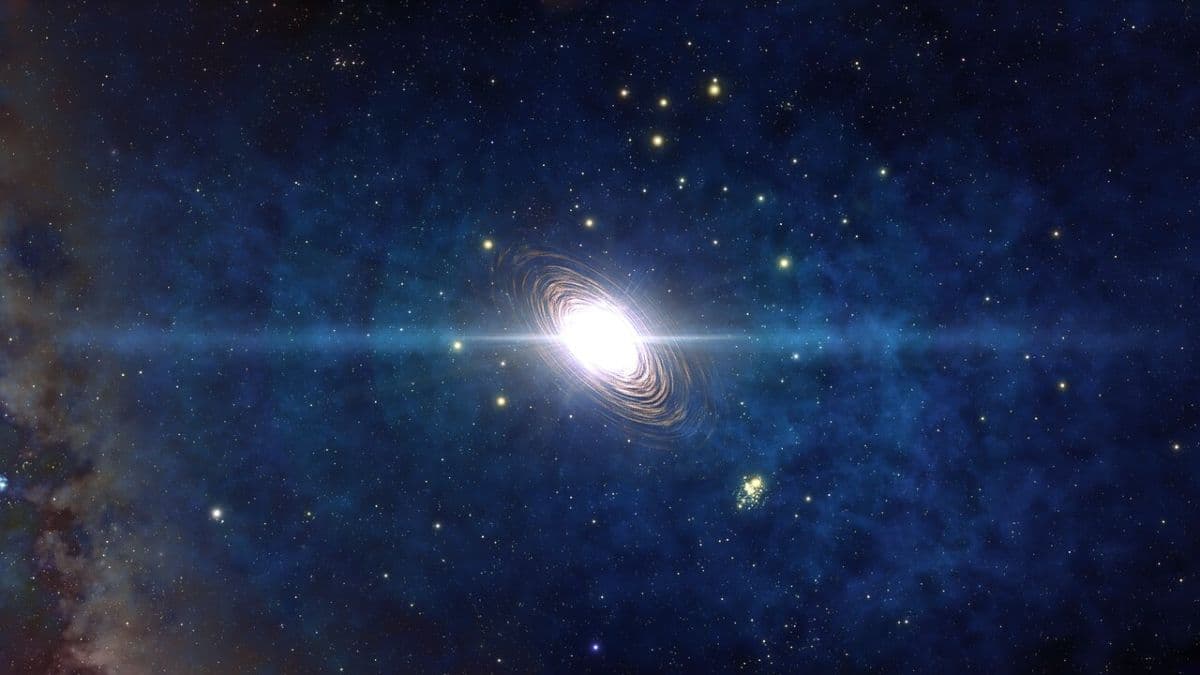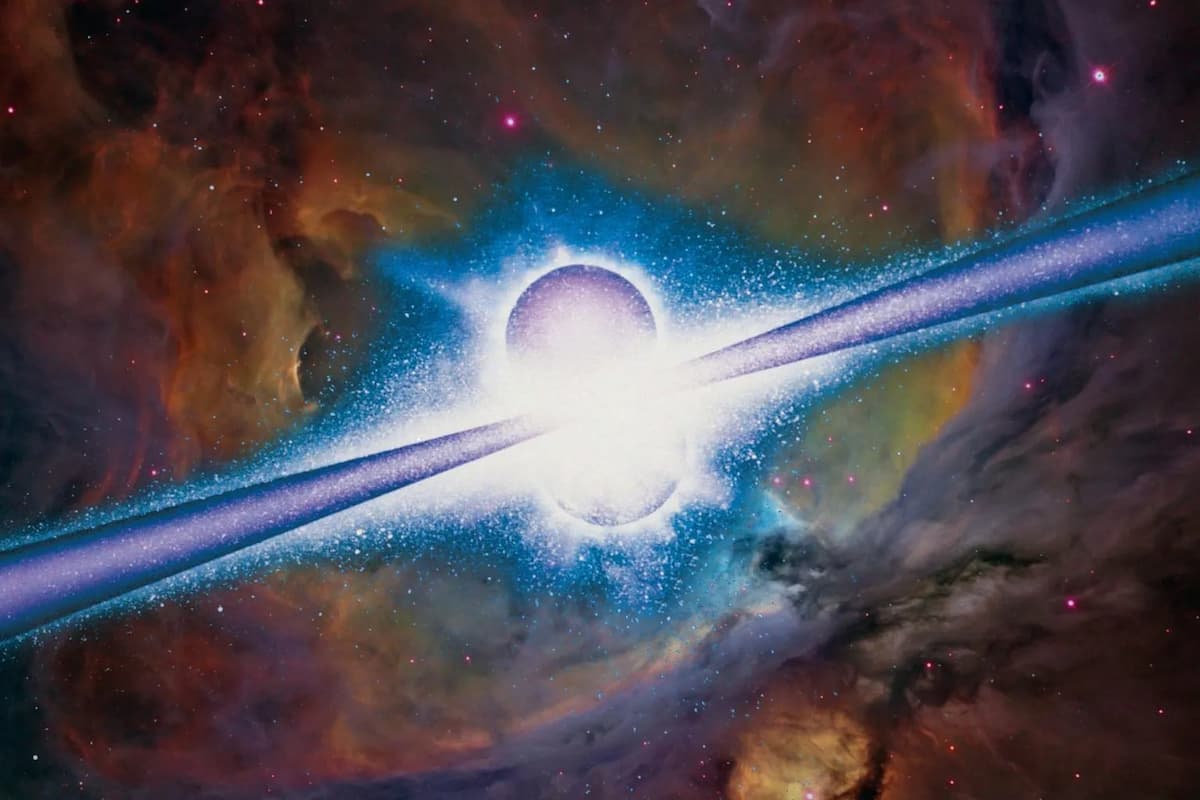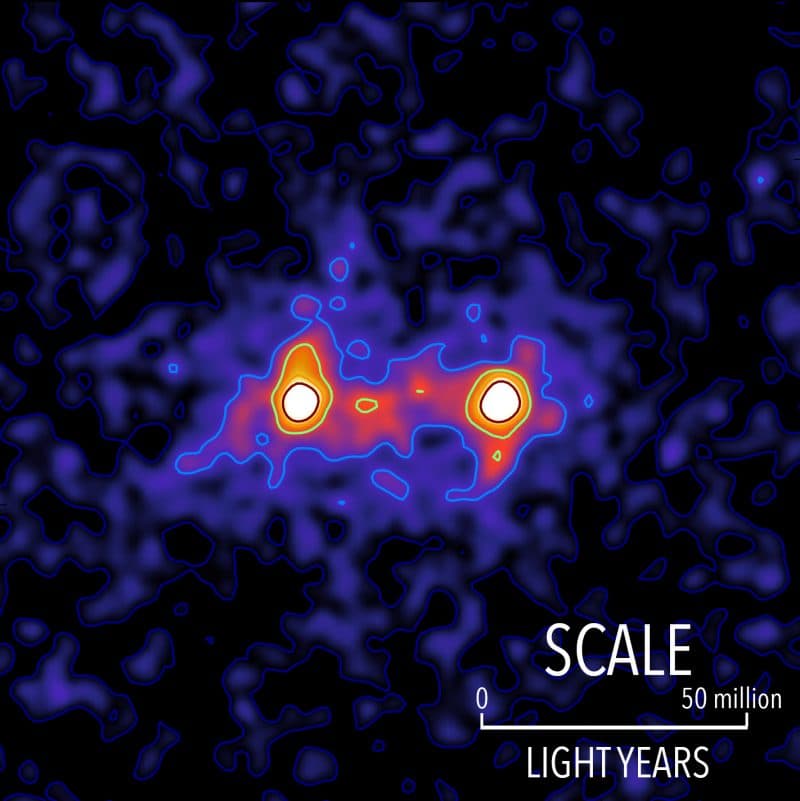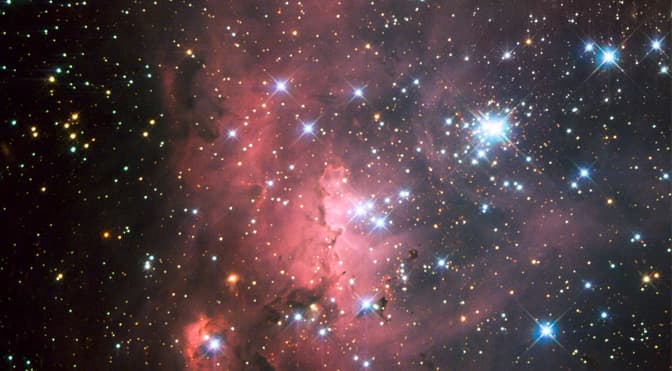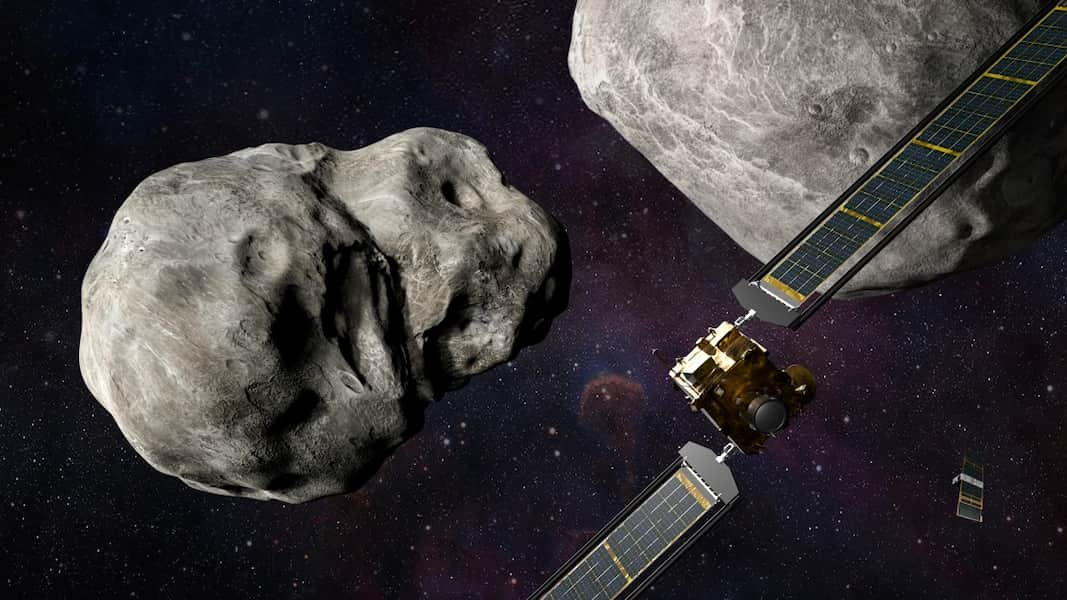Billions of light-years away, a huge ball of incandescent gas has been discovered, which is brighter than hundreds of billions of Suns. It’s hard to imagine anything like that.
This object is so bright that it is very difficult for astronomers to find a way to describe it. The most interesting thing is that scientists are not completely sure of the true nature of this object. But they have several theories.
At first, it was assumed that the bright object ASASSN-15lh could be a very rare type of supernova remnant known as a magnetar. But its dimensions contradict the very laws of physics. As explained by Krzysztof Stanek, a professor of astronomy at Ohio State University, if there was a brightness power scale from 1 to 10, then this object would shine with a power of 11, which is simply impossible and goes beyond any existing limiting units of measurement.
llustration of the Markarian 335 object.
The object was first detected by the Worldwide Automatic Supernova Survey (ASAS-SN), which is a small network of telescopes used to detect bright objects in the universe. Despite the fact that this object is extremely bright, it is impossible to see it with the naked eye, since it is located at a distance of 3.8 billion light years.
Attempt to explain the nature of ASASSN-15lh
Since 2014, ASAS-SN has detected almost 250 supernovae. However, the discovery of ASASSN-15lh stands out for its absolute power. A supernova is 200 times more powerful than a normal one, 570 billion times brighter than the Sun and 20 times brighter than all the stars together in the Milky Way.
Todd Thompson, a professor of astronomy at Ohio State, has one hypothesis. A supernova could create an extremely rare type of star called a millisecond magnetar. It rotates so fast that it generates an incredibly powerful magnetic field. But to have such brightness, this rare magnetar must rotate at least 1000 times per second and turn all this rotational energy into light with almost 100 percent efficiency. But Krzysztof Stanek believes that this is still the center of an active galaxy with a supermassive black hole.
In the future, the Hubble Space Telescope will try to solve this mystery, allowing astronomers to examine this object in detail.
- The Egyptian mummification process
- A huge UFO hovered over the moon and dropped something
- NASA scientists were perplexed when they discovered a unique planet that was spinning incorrectly
- To Learn More Quickly, Brain Cells Break Their DNA
- From Struggle to Triumph: Caregiver’s Unwavering Dedication Saves Baby Elephant from Deadly Virus

